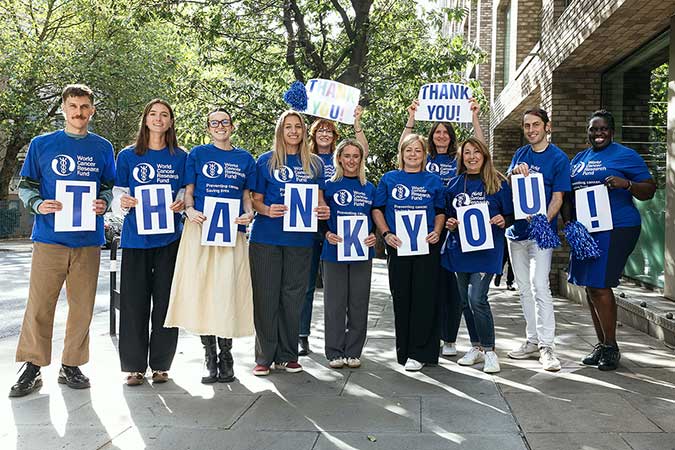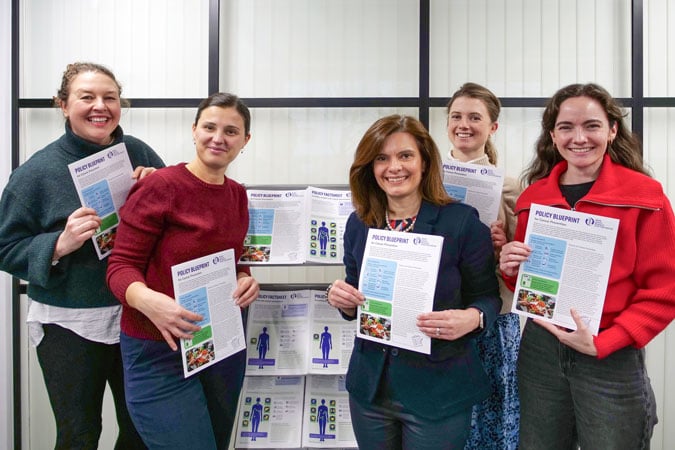Mouth and oral cancer statistics
Mouth and oral cancer is the 16th most common cancer worldwide. It is the 12th most common cancer in men and the 18th most common cancer in women.

On this page
Latest mouth and oral cancer data
There were 389,846 new cases of mouth and oral cancer in 2022. The tables below give information about the countries with the highest rates, incidence and mortality from mouth and oral cancer – referred to as lip and oral cavity cancer in GLOBOCAN.
Mouth and oral cancer incidence (cases)
India, China and the US had the highest number of mouth and oral cancer cases in 2022.
The following 3 tables show the 10 countries with the highest mouth and oral cancer incidence in 2022 – 1st for both sexes, then men and women separately. We have also included the age-standardised rates (ASRs)* for each of these countries.
| Rank | Country | New cases | ASR/100,000 |
|---|---|---|---|
| World | 389,846 | 4.0 | |
| 1 | India | 143,759 | 9,9 |
| 2 | China | 37,208 | 1.5 |
| 3 | US | 27,750 | 4.6 |
| 4 | Bangladesh | 16,083 | 10.3 |
| 5 | Pakistan | 15,915 | 9.2 |
| 6 | Japan | 11,088 | 3.1 |
| 7 | Brazil | 11,029 | 3.8 |
| 8 | Russia | 9,729 | 3.9 |
| 9 | France (metropolitan) | 7,195 | 5.6 |
| 10 | Indonesia | 6,515 | 2.2 |
| Rank | Country | New cases in men | ASR/100,000 |
|---|---|---|---|
| World | 268,999 | 5.8 | |
| 1 | India | 107,812 | 14.7 |
| 2 | China | 24,169 | 2.0 |
| 3 | US | 18,901 | 6.6 |
| 4 | Bangladesh | 10,785 | 12.1 |
| 5 | Pakistan | 10,745 | 12.1 |
| 6 | Brazil | 8,269 | 6.3 |
| 7 | Russia | 6,596 | 6.5 |
| 8 | Japan | 6,545 | 4.3 |
| 9 | France (metropolitan) | 4,737 | 8.3q |
| 10 | Indonesia | 4,010 | 2.9 |
| Rank | Country | New cases in women | ASR/100,000 |
|---|---|---|---|
| World | 120,847 | 2.3 | |
| 1 | India | 35,947 | 5.0 |
| 2 | China | 13,039 | 1.0 |
| 3 | US | 8,669 | 2.7 |
| 4 | Bangladesh | 5,298 | 6.9 |
| 5 | Pakistan | 5,170 | 6.2 |
| 6 | Japan | 4,543 | 1.9 |
| 7 | Russia | 3,133 | 2.0 |
| 8 | Brazil | 2,760 | 1.6 |
| 9 | Indonesia | 2,505 | 1.6 |
| 10 | France (metropolitan) | 2,458 | 3.1 |
Mouth and oral cancer age-standardised rates
It is important to note that some countries have a high ASR but a low total number of cases, while others have a low ASR but a high number of cases. This is because ASRs are reported per 100,000 people. So, for example, an ASR of 10 in a population of 100,000 = 10 cases of cancer, but an ASR of 1 in a population of 10 million = 100 cases.
The following tables gives the top 5 countries by ASR for mouth and oral cancer incidence for men and women, and for both sexes combined.
| Country | New cases 2022 | ASR |
|---|---|---|
| Papua New Guinea | 1,152 | 17.5 |
| Bangladesh | 16,083 | 10.3 |
| India | 143,759 | 9.9 |
| Pakistan | 15,915 | 9.2 |
| Sri Lanka | 2,556 | 8.1 |
| Country | New cases in men | ASR |
|---|---|---|
| Papua New Guinea | 713 | 22.6 |
| India | 107,812 | 14.7 |
| Sri Lanka | 1,990 | 14.0 |
| Bangladesh | 10,785 | 13.6 |
| Pakistan | 10,745 | 12.1 |
| Country | New cases in women | ASR |
|---|---|---|
| Papua New Guinea | 439 | 12.8 |
| Bangladesh | 5,298 | 6.9 |
| Pakistan | 5,170 | 6.2 |
| India | 35,947 | 5.0 |
| Namibia | 42 | 4.3 |
Mouth and oral cancer deaths
India, China and Pakistan had the highest number of deaths from mouth and oral cancer in 2022.
The following 3 tables show the 10 countries with the highest number of mouth and oral cancer deaths in 2022 – 1st for both sexes, then men and women separately. We have also included the ASRs for each of these countries.
| Rank | World | Number | ASR/100,000 |
|---|---|---|---|
| World | 188,438 | 1.9 | |
| 1 | India | 79,979 | 5.6 |
| 2 | China | 20,831 | 0.78 |
| 3 | Pakistan | 10,181 | 5.9 |
| 4 | Bangladesh | 9,447 | 6.1 |
| 5 | Russia | 5,398 | 2.2 |
| 6 | Brazil | 4,700 | 1.6 |
| 7 | US | 4,155 | 0.60 |
| 8 | Japan | 3,846 | 0.69 |
| 9 | Indonesia | 3,546 | 1.2 |
| 10 | Thailand | 2,418 | 1.8 |
| Rank | World | Number in men | ASR/100,000 |
|---|---|---|---|
| World | 130,808 | 2.8 | |
| 1 | India | 59,656 | 8.2 |
| 2 | China | 14,044 | 1.1 |
| 3 | Pakistan | 6,816 | 7.7 |
| 4 | Bangladesh | 6,329 | 8.1 |
| 5 | Russia | 3,971 | 3.9 |
| 6 | Brazil | 3,531 | 2.7 |
| 7 | US | 2,650 | 0.86 |
| 8 | Indonesia | 2,315 | 1.7 |
| 9 | Japan | 1,888 | 0.91 |
| 10 | Germany | 1,528 | 1.6 |
| Rank | Country | Number in women | ASR/100,000 |
|---|---|---|---|
| World | 57,630 | 1.1 | |
| 1 | India | 20,323 | 2.9 |
| 2 | China | 6,787 | 0.45 |
| 3 | Pakistan | 3.365 | 4.1 |
| 4 | Bangladesh | 3,118 | 4.1 |
| 5 | Japan | 1,958 | 0.47 |
| 6 | US | 1,505 | 0.37 |
| 7 | Russia | 1,427 | 0.90 |
| 8 | Indonesia | 1,231 | 0.79 |
| 9 | Thailand | 1,176 | 1.5 |
| 10 | Brazil | 1,169 | 0.64 |

More about head and neck cancer
What is head and neck cancer? Find out how common it is, the causes, and expert advice on how to reduce your risk



